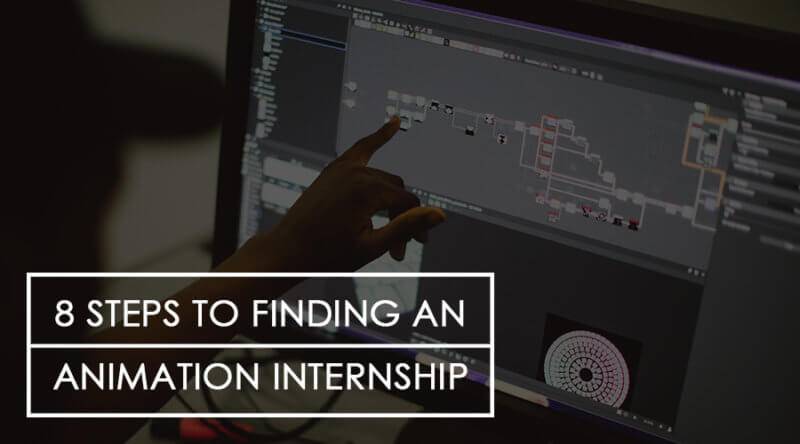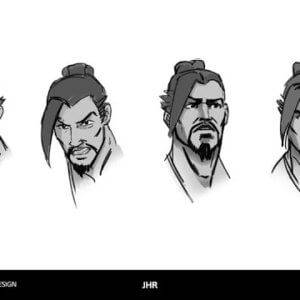8 Steps To Finding An Animation Internship
Finding internships is not easy. And yet, in an increasingly competitive world for graduates trying to break into the creative industries, it’s an important step on the ladder to a successful career.
A successful internship brings experience, networking opportunities, and direct understanding of what is needed to get a job with an animation studio. So, how do you go about finding an internship within the animation industry?
The answer, of course, is hard work and commitment. Expect to send a lot of letters and emails, and expect a lot of rejection. You need to have thick skin in this business. So, forget about internships coming to you – it’s time to roll up your sleeves and get down to work.
1. Start making lists
Start by Googling “Animation internship” and see what comes up. Make a list of all the companies you can find that offer internships, and what their requirements are. Search for the companies you would like to work for, and see if they have an internship programme.
What do they want from you? Most likely they will want to see a demo reel, a CV, and samples of your work. So, your first job is going to involve making lists, and figuring out where you want to apply. Your second job will be to start polishing your demo reel.
2. Polish your demo reel
Lots of students just like you want to get internships. Companies tend to get lots of offers, and they can afford to be picky. So, you need to put your best foot forward. Polish your demo reel and make sure your work stands out from the crowd.
Remember that the secret of a great demo reel is – no mistakes.
3. Get your work online
Got yourself a blog or website? If not, why not? These days, employers won’t wait for you to send them a reel – they want to click on your work.
Make sure your demo reel and artwork is hosted online on your blog or website. If you don’t have one, do it now.
A blog is quick, easy and free. You can also build your own website through platforms such as wix.com, which might take a little longer to create.
Which one you choose doesn’t really matter, as long as it looks crisp and clean and is a good shop front for your talent.
4. Polish your CV
The next thing you need is an up-to-date, short, and easily readable CV.
5. Start sending letters
Now it’s time to start applying. You will need to draft a good cover letter to send to each company that you are applying to. Draft a standard letter, save it, and then start adapting it. Each letter must be tailored to suit the company you are applying for, so it doesn’t read like a generic letter and shows your interest in working there.
What are your key skills? How are they relevant to the position you are applying for? Employers like to see that applicants have done their homework and can explain why they are interested in a career with their company. Be enthusiastic, and show that you know what that company does for a living.
- Joshua Howland-Roohi – Student work
- Nora Racz – Student work
- Joshua Howland-Roohi – Student work
6. Get ready for an interview
Company recruiters want to know that you are enthusiastic and motivated about the industry and the job role you are applying for. You must research the company, and find out what your job will likely be.
Recruiters often ask questions like: “What do you think this job involves?” or “what do you expect an average day to be like?”.
They may also ask what your career goals are. This is a good opportunity to explain your career ambitions. Everyone wants to direct Hollywood movies and win Oscars, but the reality for most careers will be rather different, so be aware of the realistic career opportunities and focus on those first and foremost.
Being aware of what a realistic career in the visual effects industry looks like will win you the respect of the person interviewing you. Saying you want to be the next Stephen Spielberg will not.
7. Exploit your connections
Personal connections count. If you know people who work in the creative industries, ask them about internships. There is no shame in this – many of the jobs you get in industry will be thanks to the connections that make up what we call networking.
Employers want to be comfortable with the person they are hiring, and if someone within the company can personally vouch for the applicant, that counts for a lot.
8. Finally, don’t give up
Be the rhino – embrace being thick skinned. Expect rejection. Keep at it and you will be rewarded.
Alex Williams, has worked on films including The Lion King, The Iron Giant and Who Framed Roger Rabbit? He’s the Head of Animation at Escape Studios, a leading VFX, Animation, Games and Motion Graphics academy, based in central London.





